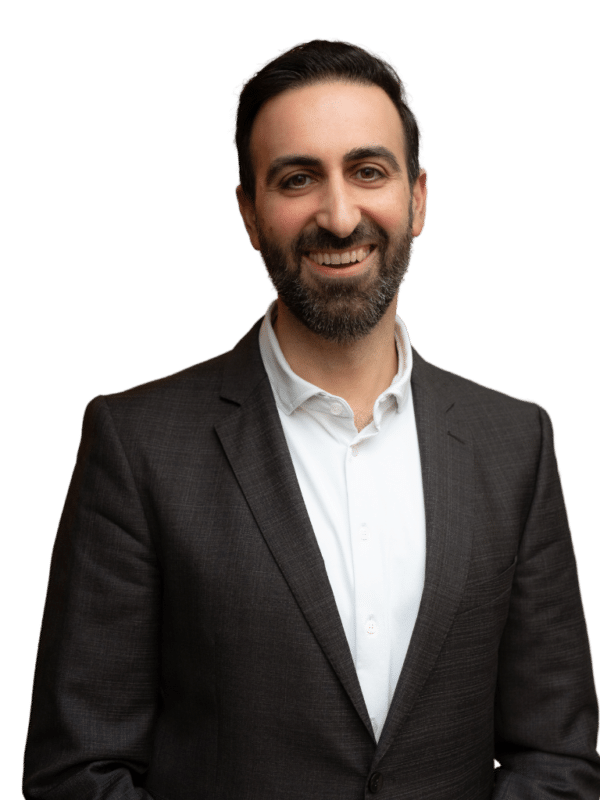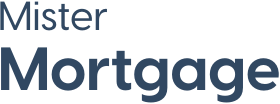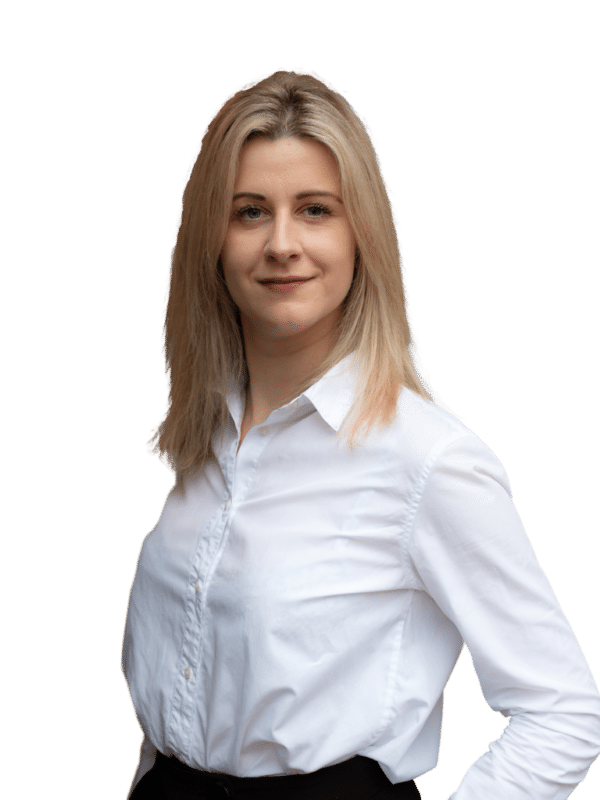
Which Dutch mortgage interest rate should I choose?
There are two types of interest rates in the Netherlands: fixed interest rates or floating interest rates. Once you’ve chosen your mortgage type and a mortgage form, you decide whether you want a fixed or a floating interest rate.
Fixed-rate mortgage
The interest rate on a fixed-rate mortgage does not change unless the term of the fixed-rate period has expired. If you’re settling into your career, have a growing family, and are ready to set down some roots, a 20- or 30-year fixed-rate mortgage might be your best bet. Because you’ll know what your monthly mortgage payment will be. You could have some fluctuation due to taxes or homeowner’s association dues.
Floating interest rates
Floating interest rates reset at specific intervals. They are typically lower than a fixed-rate. As a result, your monthly payment could increase or decrease depending on the capital market or if a mortgage lender wants to attract new clients or wants to close their doors for a while.
- You pick the floating interest rate when you expect that interest rates will decrease in the future.
- You pick the fixed interest rate when you expect that interest rates will increase in the future.
Mortgage interest rates in the Netherlands
Mortgage interest rates in the Netherlands consist of the following 5 parts:
1. Base tariff
2. Costs related to developments in capital markets and capital costs
3. Individual risk tariff
4. Ongoing costs
5. Profit for the lender.All of the parts are variable and determine the height of your interest rate.
1. What does base tariff mean?
The base fee the mortgage lender pays for the purchase of money to finance mortgages.
2. What are costs related to developments in capital markets and capital costs?
A mortgage lender pays a higher interest rate if they borrow money for a longer time in the money markets and capital markets. The capital costs are part of the interest the mortgage lender charges.
3. What is an individual risk tariff?
A mortgage lender looks at the loan-to-value (LtV). The LtV determines the risk tariff for your mortgage. There are different risks of tariffs. This is especially relevant if you want to consider a lower LtV for your mortgage.
4. What ongoing costs are there?
The ongoing costs of your mortgage are the administration costs and the maintenance costs of your mortgage. These include costs for staff and offices.
5. Profit for the lender
A mortgage lender is a commercial company. So a part of the interest you pay is used to make a profit.
To conclude
All of the options might seem overwhelming at first glance. Bear in mind that the decisions will depend on your overall financial goals. Before you start looking for a mortgage, take complete stock of your finances, and try to figure out what you want to spend on your mortgage as much as possible.
Schedule a complimentary introductory call with our mortgage specialists. We specialize in mortgages for expats and are dedicated to navigating you through the home-buying process.
-
Get clarity on your financial possibilities.
-
Access to a trusted network.
-
Highly competitive rates and flexible terms.
-
English translations of bank documents are shared.

- 100% Independent Advice




